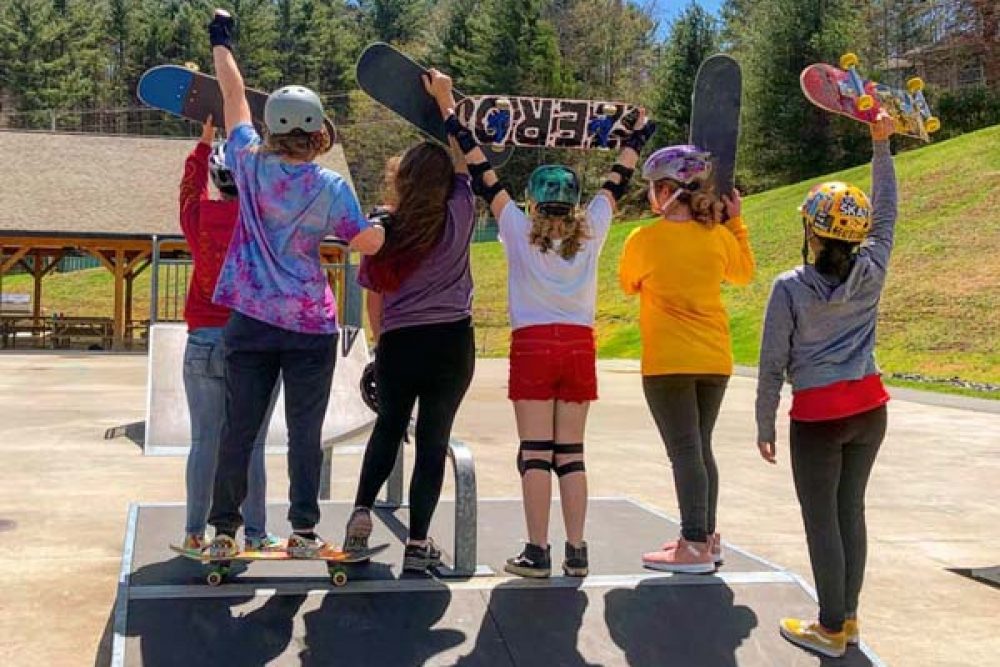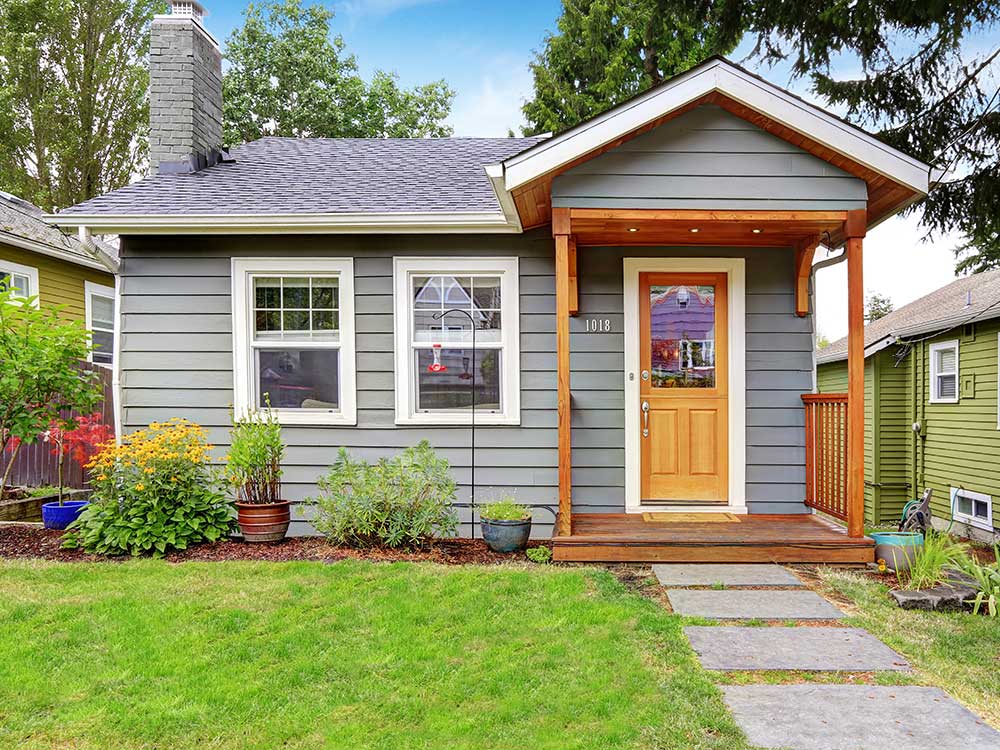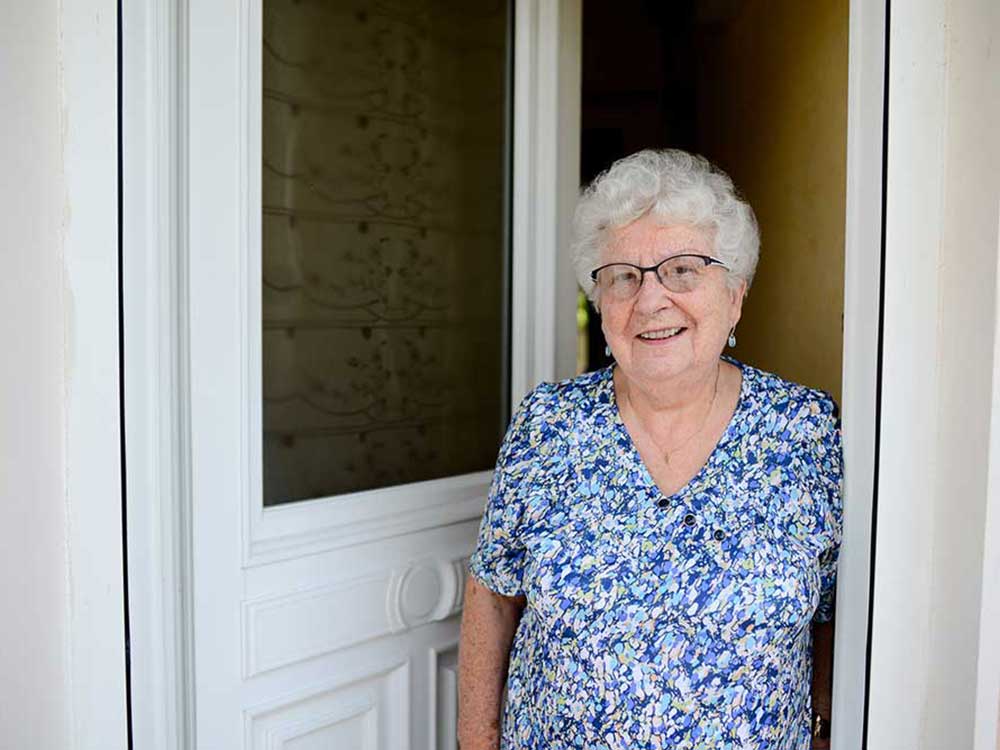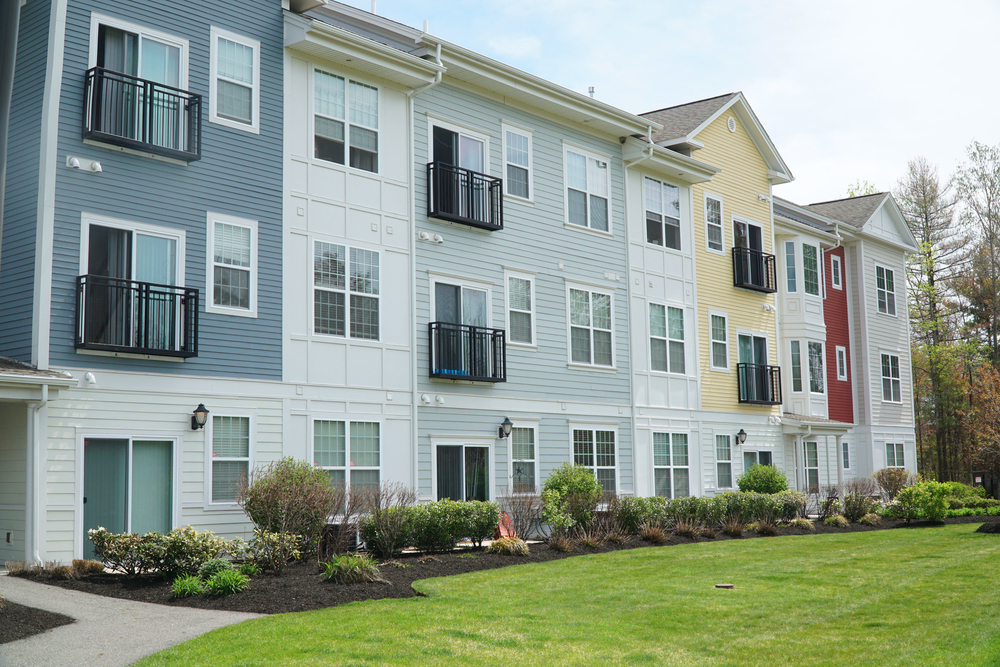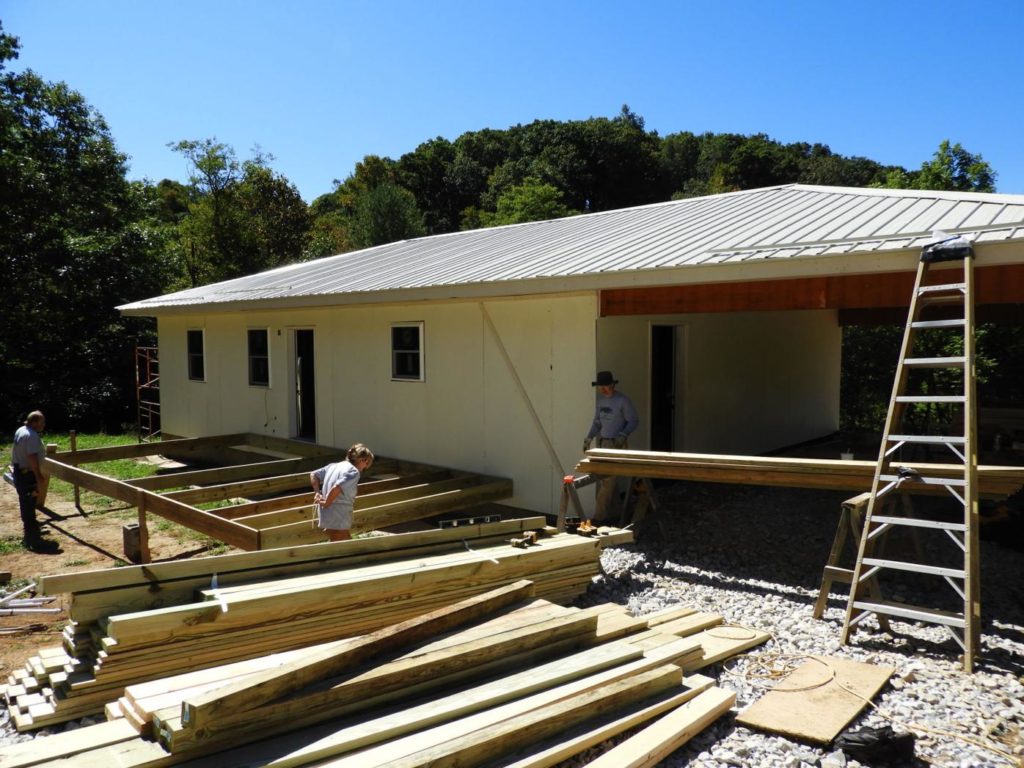Because North Carolina has approximately 10,000 kids in foster care at any given time, organizations like Crossnore School & Children’s Home fill a critical need when it comes to the health and welfare of children and their families. A 100+ year child welfare organization, Crossnore works with children and families that are at risk of entering the foster care system, in the system and those aging out of the foster care system.
Crossnore has three locations, one situated on 86 acres in Crossnore, NC, the second located on 212 acres on the edge of downtown Winston-Salem, NC, and the third in downtown Hendersonville, NC.
In 2020, Crossnore had 121 licensed foster homes, with 12 families in training and 20 families awaiting licensure. They served 115 children in community-based foster homes and finalized 31 adoptions. They also served 241 children in their residential cottages, with 166 of those children remaining with their siblings.
The organization employs a trauma-informed approach called the Sanctuary Model which helps those working with children and families understand how trauma in the home affects the whole child. “We offer children, and their families, the support and therapies they need to heal, find hope and return home,” says Executive Director-Western Region Tanya Blackford.
Crossnore focuses its work in three areas: prevention and early intervention, permanency planning and post-permanency and aftercare. Prevention and early intervention focus on children who are still in their homes but are at risk of being removed and include a day treatment program offered through schools via individual and group therapy sessions and classes.
Permanency planning focuses on providing foster care to children in residential cottages or community-based foster homes. The organization works with the social workers to select what is best for the children, with an emphasis on keeping sibling groups united. Permanency work also includes licensing and training foster families.
Post-permanency and aftercare include facilitating adoptions and Crossnore’s Youth Independent Living program that helps youths 18 and older to transition from their teenage years to adult life. The program helps with items such as housing, transportation and education.
Crossnore received two grants from Dogwood. An $80,000 grant for COVID-19 response supported foster care recruitment with special emphasis on underserved communities in rural areas. Another grant of $120,000 supported substance use prevention work with youth and young adults in Polk, Transylvania and Henderson counties.
“Dogwood is not only trying to fund needed services and strategies, but it is clear that they want to help partner, bring potential partners together and be an integral part of the conversation and the solution,” says Blackford.

